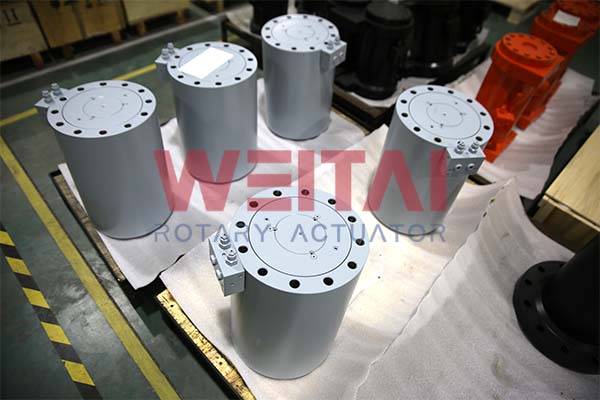90-degree rotary actuators are versatile components that enhance automation and control in various applications. Whether you’re upgrading an existing system or implementing new technology, integrating these actuators can lead to improved efficiency and functionality. This post will explore key considerations and steps for successfully integrating 90-degree rotary actuators into your existing systems.

1. Assess Compatibility
Before integration, it’s crucial to evaluate the compatibility of the actuator with your current system:
- Mechanical Compatibility: Ensure that the actuator’s mounting dimensions and torque specifications align with your existing setup. Consider the load requirements and the actuator’s performance ratings.
- Electrical Compatibility: Verify that the actuator’s electrical requirements, such as voltage and current ratings, match your system’s specifications. Ensure that control signals are compatible with your existing control system.
2. Define Application Requirements
Identify the specific application needs that the actuator will address:
- Functionality: Determine the role of the actuator within your system. Will it control a valve, adjust a component’s position, or enable a robotic arm? Clearly defining its function will guide the integration process.
- Performance Metrics: Establish required performance metrics, such as speed, precision, and response time. This information will help you select the appropriate actuator model.
3. Plan the Integration Process
Creating a detailed integration plan is essential for a smooth transition:
- Design Modifications: Identify any design changes needed to accommodate the actuator. This may involve modifying brackets, couplings, or control panels.
- Timeline and Resources: Develop a timeline for the integration process and allocate necessary resources, including personnel and tools. Clear timelines help manage expectations and minimize disruption.
4. Update Control Systems
Modifying control systems is often necessary for integrating new actuators:
- Control Logic: Update the control logic in your existing systems to include the new actuator. This might involve programming a PLC or updating software for a motion control system.
- User Interface: If applicable, adjust the user interface to accommodate new controls or displays that reflect the actuator’s status and performance.
5. Install the Actuator
Once planning is complete, it’s time to install the actuator:
- Follow Manufacturer Guidelines: Adhere to the manufacturer’s installation instructions to ensure proper setup and avoid potential issues.
- Secure Mounting: Ensure the actuator is securely mounted to minimize vibrations and ensure accurate operation. Use appropriate fasteners and check for stability.
6. Conduct Testing
After installation, thorough testing is essential to ensure everything operates as intended:
- Functional Testing: Test the actuator’s functionality within the system. Check for responsiveness, accuracy, and any potential issues.
- Load Testing: If applicable, conduct load testing to confirm that the actuator can handle the expected operational demands without failure.
7. Monitor and Adjust
Post-integration monitoring is crucial for long-term success:
- Performance Monitoring: Regularly monitor the actuator’s performance to identify any deviations from expected metrics. Use sensors and data logging for detailed insights.
- Adjustments: Be prepared to make adjustments to control settings or mechanical configurations based on real-world performance.
8. Training and Documentation
Ensure that personnel are equipped to operate and maintain the integrated system:
- Training Programs: Conduct training sessions for staff to familiarize them with the new actuator and its functionality within the system. Emphasize safety and operational best practices.
- Documentation: Update system documentation to reflect the new actuator’s specifications, wiring diagrams, and operational procedures. Comprehensive documentation serves as a valuable reference for future maintenance.
Conclusion
Integrating 90-degree rotary actuators into your existing systems can significantly enhance functionality and efficiency. By carefully assessing compatibility, defining application requirements, planning the integration process, updating control systems, installing the actuator, conducting thorough testing, monitoring performance, and providing training, you can ensure a successful integration. Embracing this technology will lead to improved automation capabilities, helping your organization stay competitive and responsive to changing demands. With the right approach, 90-degree rotary actuators can become a vital part of your operational toolkit.
